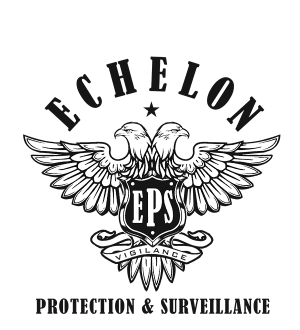 The retail industry often grapples with the challenge of theft, which can significantly impact profitability and overall store operations. From shoplifting to internal theft, retailers must employ a variety of strategies to safeguard their merchandise and ensure a secure shopping environment. This article explores effective methods for preventing theft in retail settings.
The retail industry often grapples with the challenge of theft, which can significantly impact profitability and overall store operations. From shoplifting to internal theft, retailers must employ a variety of strategies to safeguard their merchandise and ensure a secure shopping environment. This article explores effective methods for preventing theft in retail settings.
Understanding the Types of Retail Theft
Retail theft can manifest in several forms, including shoplifting by customers, internal theft by employees, and organized retail crime. Each type requires a different approach for prevention. Understanding the nature and common patterns of these thefts is the first step in developing an effective security strategy.
Enhancing Physical Security Measures
Physical security measures are fundamental in deterring theft. These include installing surveillance cameras in strategic locations, using electronic article surveillance (EAS) tags on merchandise, and employing security guards. Visible security measures not only deter potential thieves but also provide evidence in case of an incident.
Effective Store Layout and Design
The layout and design of a store play a crucial role in theft prevention. High-value items should be placed in well-lit, highly visible areas. Designing the store layout to minimize blind spots and ensure that most areas are visible from the checkout counters can significantly reduce the opportunity for theft.
Employee Training and Awareness
Employees are a retailer’s first line of defense against theft. Training staff to recognize suspicious behavior, understand store policies regarding theft, and respond appropriately to potential theft situations is essential. Encouraging employees to greet customers and maintain a visible presence on the sales floor can also act as a deterrent.
Utilizing Technology for Theft Prevention
Advancements in technology offer retailers new tools for theft prevention. These include RFID tags, high-definition surveillance cameras, and data analytics tools that can identify patterns of theft. Implementing point-of-sale (POS) systems that track inventory in real-time can also help in quickly identifying discrepancies.
Internal Theft Prevention
Internal theft by employees can be more challenging to detect and prevent. Conducting background checks during hiring, implementing strict cash handling procedures, and using inventory management systems are effective ways to reduce internal theft. Regular audits and a clear policy on employee theft are also crucial.
Customer Service as a Deterrent
Excellent customer service can be an effective theft deterrent. Engaging with customers and offering assistance can discourage potential shoplifters. Thieves often prefer stores where they can go unnoticed, so attentive customer service can make a significant difference.
Organized Retail Crime Strategies
Organized retail crime requires a more sophisticated approach. Collaborating with law enforcement, sharing information with other retailers, and employing advanced surveillance and tracking systems can help in tackling this type of crime.
Creating a Culture of Honesty
Fostering a culture of honesty and integrity among employees is vital. This involves clear communication about the impact of theft on the business and encouraging staff to report suspicious activities. Recognizing and rewarding employees for integrity can reinforce a positive work environment.
Regular Review and Adaptation
The strategies for preventing retail theft should be regularly reviewed and adapted to changing trends and technologies. Staying informed about new theft methods and emerging security technologies can help retailers stay one step ahead of thieves.
Conclusion
Preventing theft in retail environments requires a multifaceted approach that combines physical security measures, employee training, technology, and excellent customer service. By understanding the different types of theft and implementing targeted strategies, retailers can protect their merchandise, enhance store safety, and maintain a positive shopping experience for their customers.


